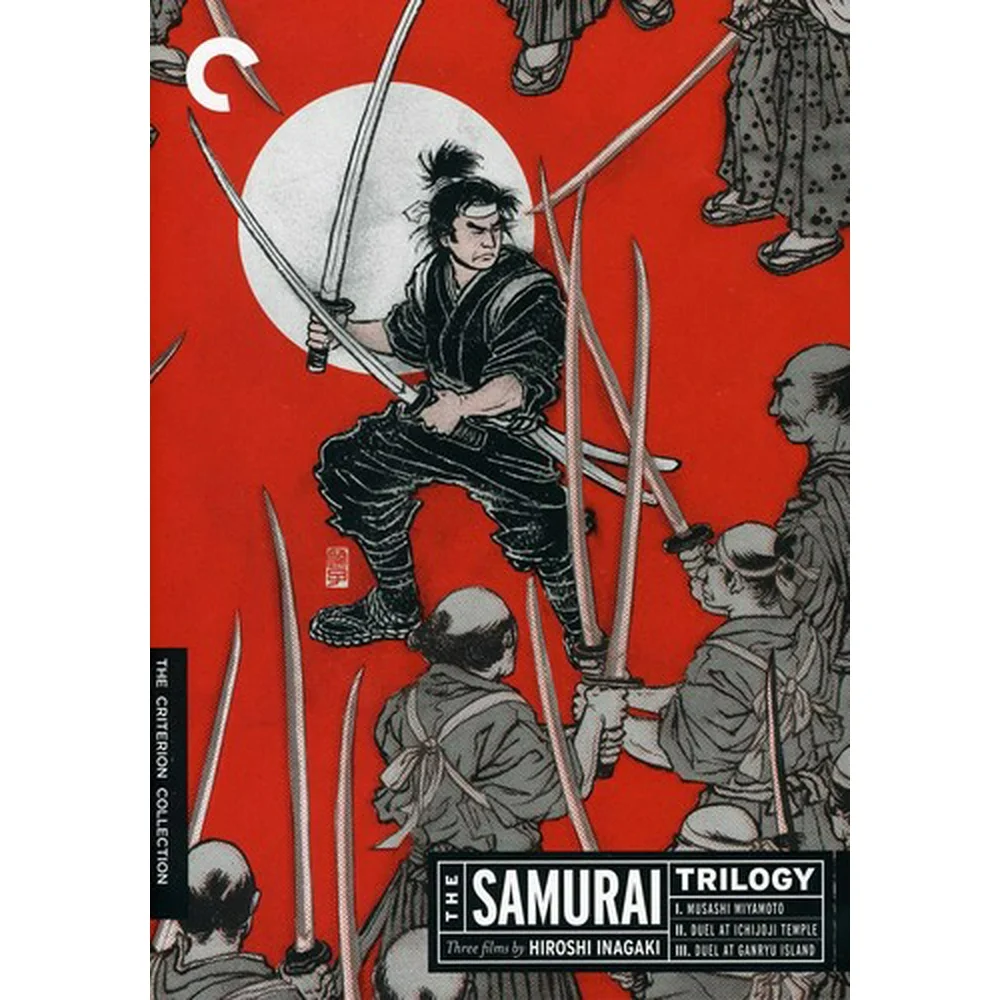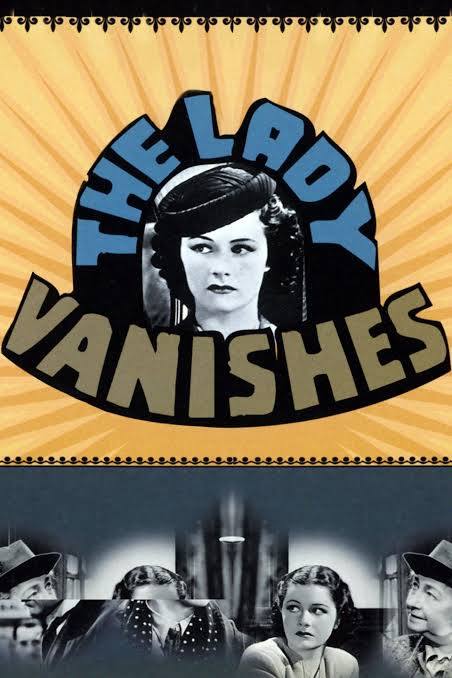
Latest Critic Reviews
Latest User Reviews
Critic Reviews
Details
Summary
Cinematic Masterpiece of Honor & Swordplay
A Journey of Honor, Steel, and Cinematic Brilliance 🎥⚔️
The Samurai Trilogy, directed by the legendary Hiroshi Inagaki, is a stunning adaptation of Eiji Yoshikawa’s novel, chronicling the rise of Musashi Miyamoto – Japan’s most revered swordsman. Starring the iconic Toshiro Mifune, this trilogy is an essential watch for samurai cinema enthusiasts, offering breathtaking cinematography, compelling performances, and masterfully choreographed duels.
Samurai I: Musashi Miyamoto (1954) – The Warrior Awakens 🏯
In the first part of the epic Samurai Trilogy, Toshiro Mifune thunders onto the screen as the iconic title character. When we meet him, Miyamoto is a wide-eyed romantic, dreaming of military glory in the civil war that is ravaging the seventeenth-century countryside. Twists of fate, however, turn him into a fugitive. But he is saved by a woman who loves him and a cunning priest who guides him to the samurai path. Though the opening installment of a series, this film, lushly photographed in color, stands on its own, and won an Academy Award for the best foreign-language film of 1955.
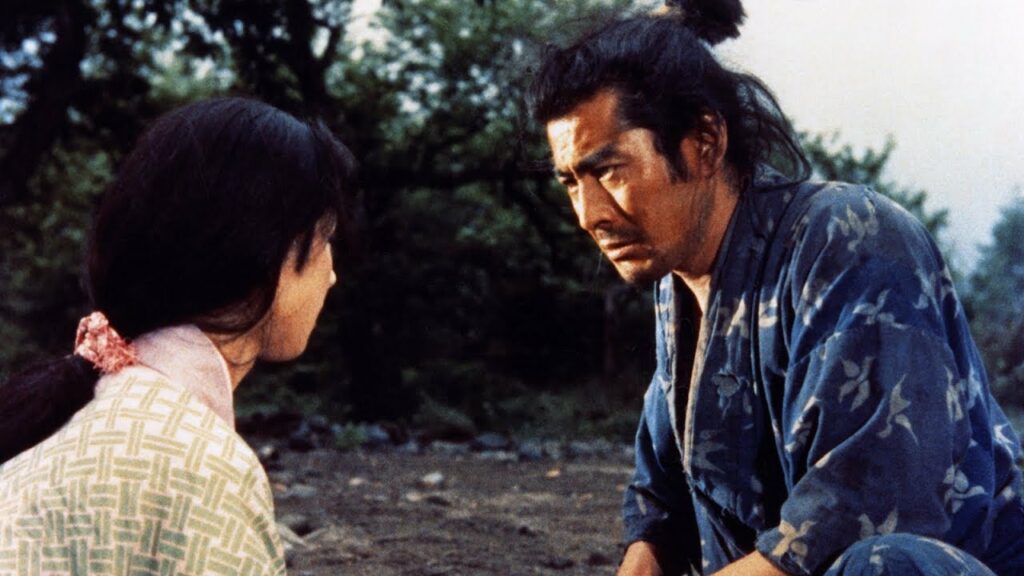
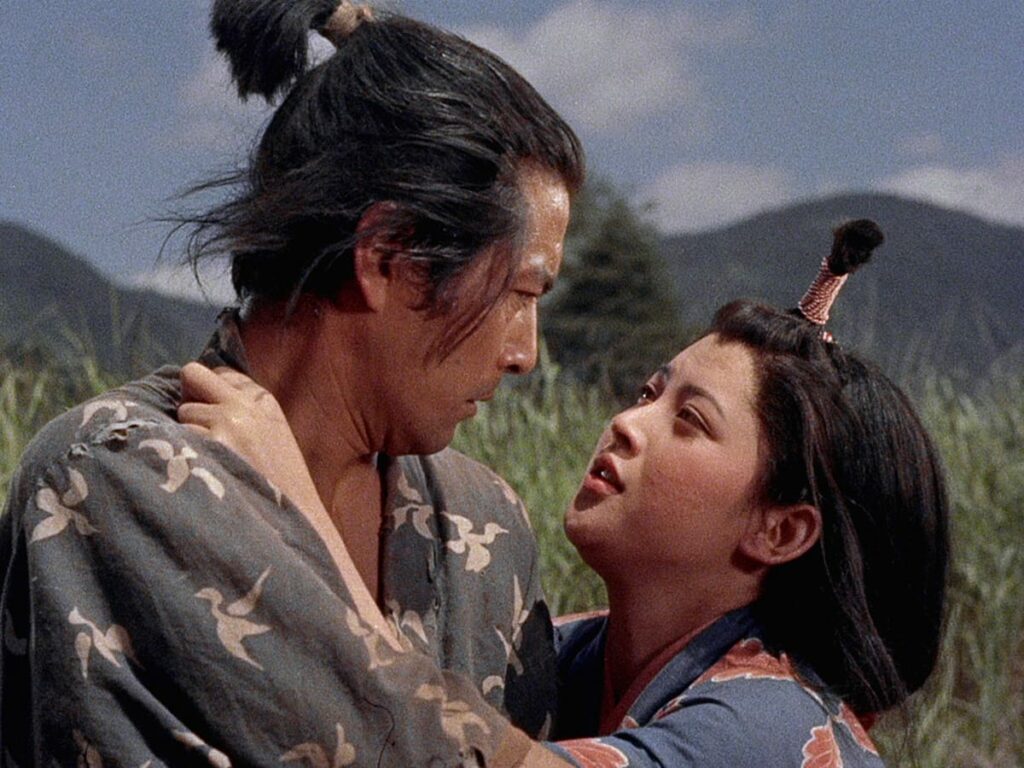
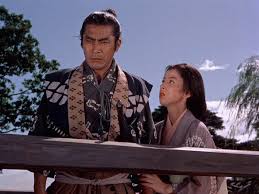
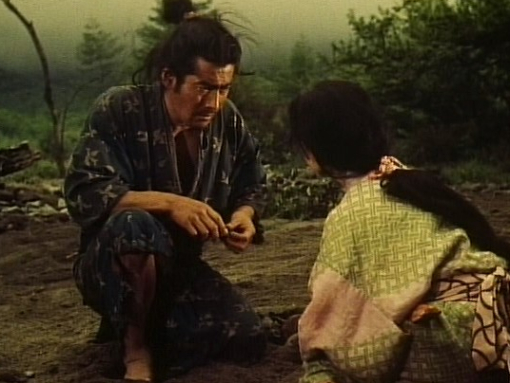
Inagaki’s Direction 🎬 – Inagaki presents a slow-burning character study, allowing audiences to witness Musashi’s inner struggles. His ability to balance philosophy with action is exceptional.
Toshiro Mifune’s Performance 🎭 – Raw, intense, and magnetic. Mifune embodies Musashi’s youthful arrogance while hinting at his eventual wisdom.
Sword Fights ⚔️ – Choreographed with precision, these duels prioritize realism over spectacle, making them feel gritty and authentic.
Cinematography 🌅 – The Japanese countryside is beautifully captured, enhancing the film’s poetic nature.
Musical Score 🎼 – Fumio Hayasaka’s score blends traditional Japanese melodies with orchestral grandeur, heightening emotional beats.
⭐ Overall Rating: ★★★★☆
Samurai II: Duel at Ichijoji Temple (1955) – The Battle Within 🏹
Toshiro Mifune furiously embodies swordsman Musashi Miyamoto as he comes into his own in the action-packed middle section of the Samurai Trilogy. Duel at Ichijoji Temple furthers Miyamoto along his path to spiritual enlightenment, as well as further from the arms of the two women who love him: loyal Otsu (Kaoru Yachigusa) and conniving yet tragic Akemi (Mariko Okada). The film also brings him face to face with hordes of rivals intent on cutting him down, especially his legendary rival Kojiro (Koji Tsuruta). The titular climax is one of Japanese cinema’s most rousingly choreographed conflicts, intensified by Jun Yasumoto’s color cinematography and Ikuma Dan’s triumphant score.
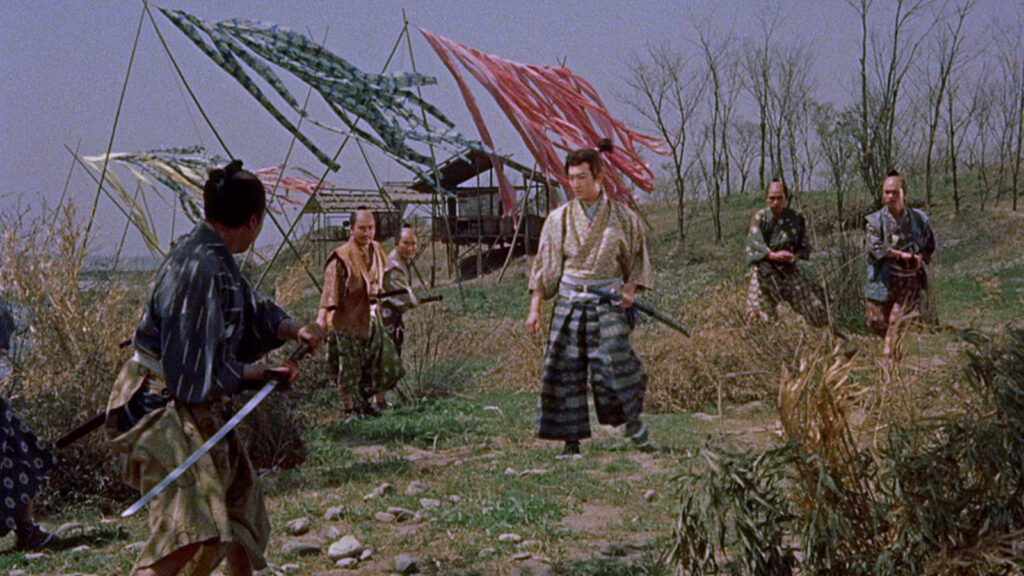
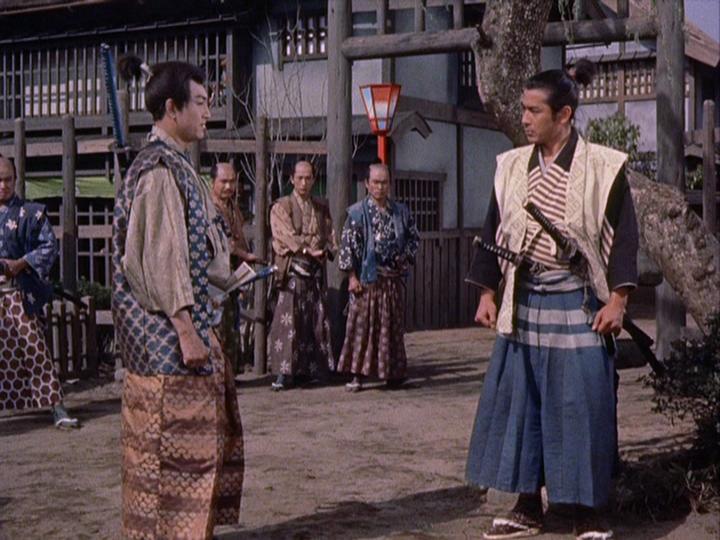
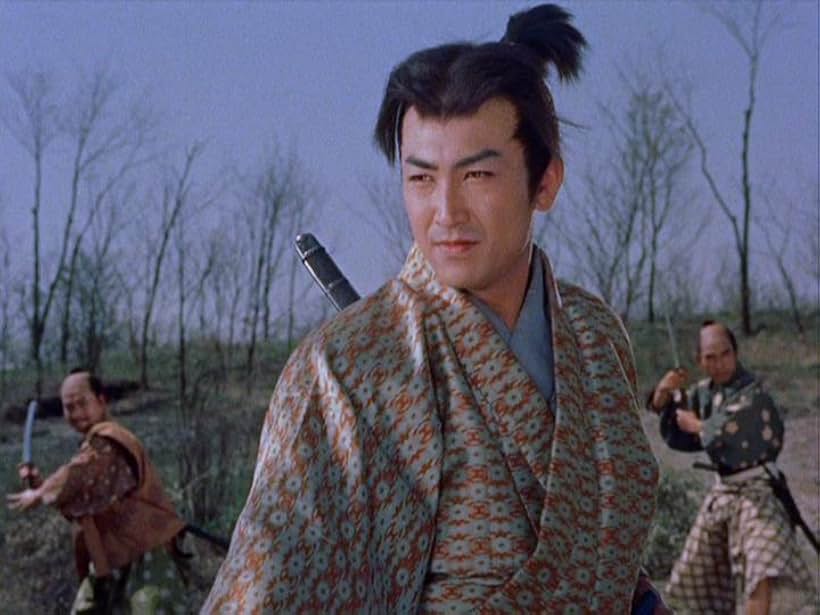
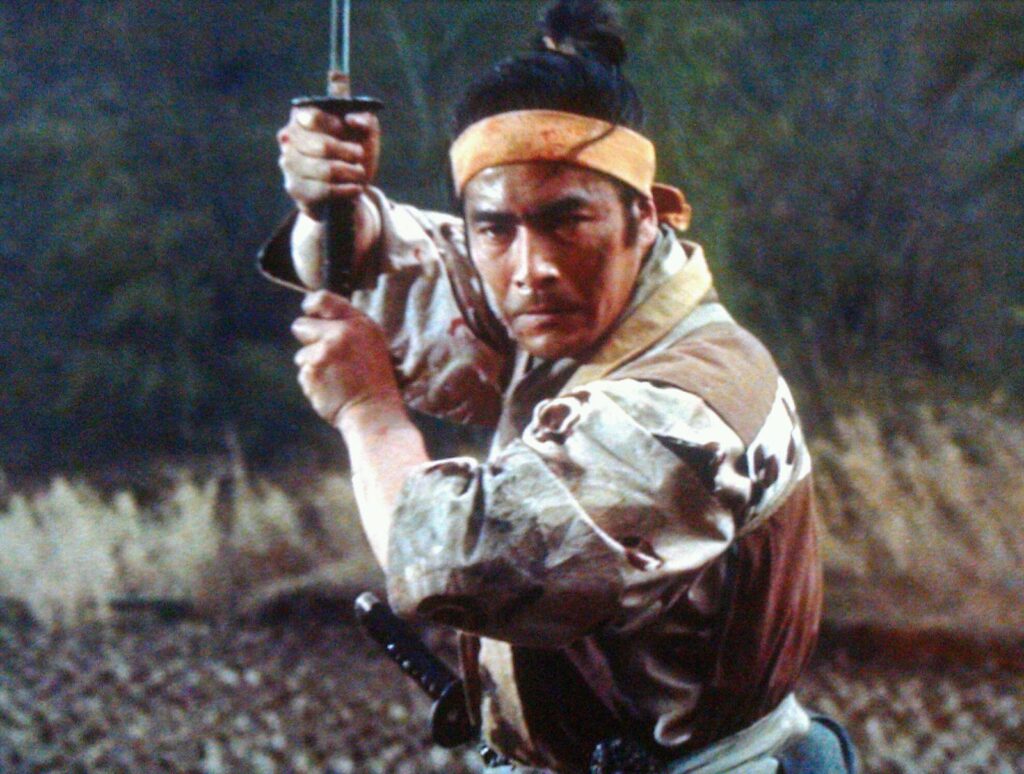
Inagaki’s Direction 🎬 – The pacing tightens, with tension escalating between each duel. Inagaki’s framing of action sequences and character introspection is superb.
Mifune’s Performance 🎭 – His Musashi is now more composed, yet still haunted by his past. His evolution feels organic, thanks to Mifune’s layered performance.
Swordplay & Action ⚔️ – The fight choreography is more complex, with the Ichijoji Temple duel standing out as a visual and narrative highlight.
Cinematography 🌄 – The contrast between tranquil temples and brutal combat scenes enhances the story’s thematic depth.
Musical Score 🎼 – Ikuma Dan’s compositions complement the rising intensity, making the duels even more exhilarating.
⭐ Overall Rating: ★★★★☆
Samurai III: Duel at Ganryu Island (1956) – The Final Clash 🌊
A disillusioned Musashi Miyamoto (Toshiro Mifune) has turned his back on the samurai life, becoming a farmer in a remote village, while his nemesis Kojiro (Koji Tsuruta) now works for the shogun. Circumstances bring them back together for one final face-off. Though it’s marked by a memorably intense final battle sequence, the rousing conclusion to the Samurai Trilogy is engaged with matters of the heart as well, as Miyamoto must ask himself what it is that makes a warrior and a man.
Inagaki’s Direction 🎬 – Inagaki masterfully builds anticipation for the final duel, focusing on Musashi’s internal peace versus Kojiro’s growing arrogance.
Mifune’s Performance 🎭 – Now at his most refined, Mifune presents a Musashi who has achieved enlightenment yet remains a warrior at heart.
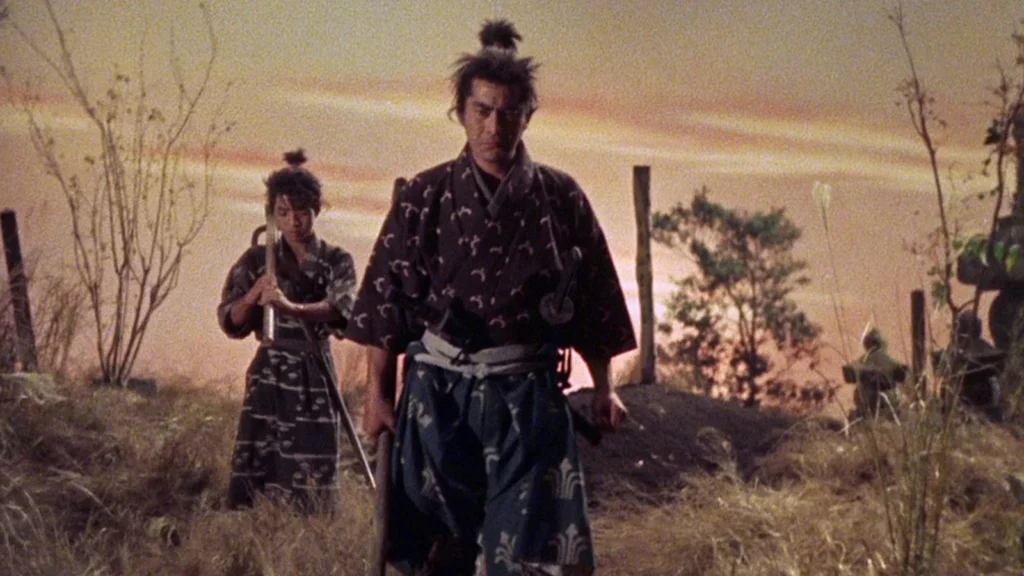
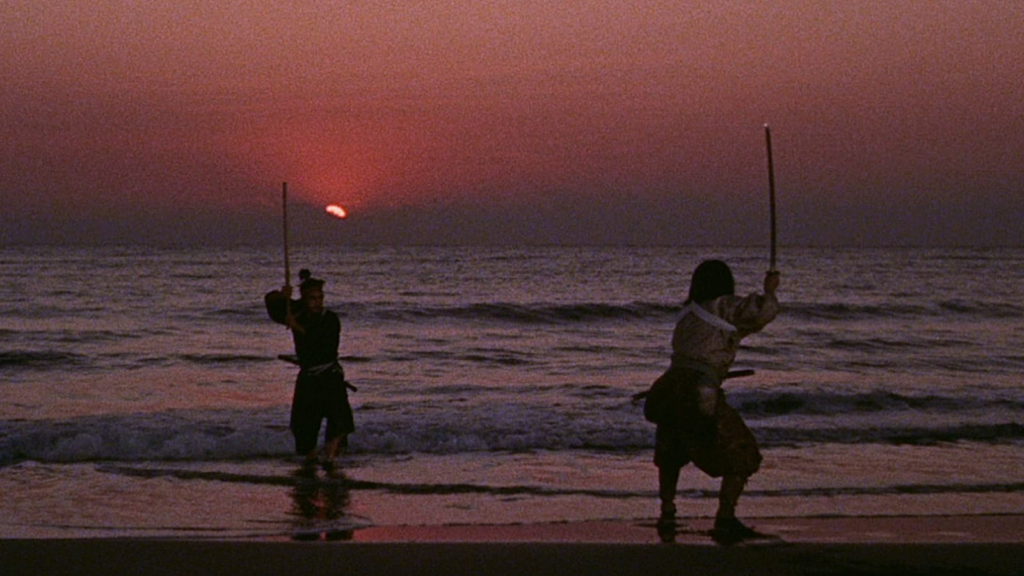
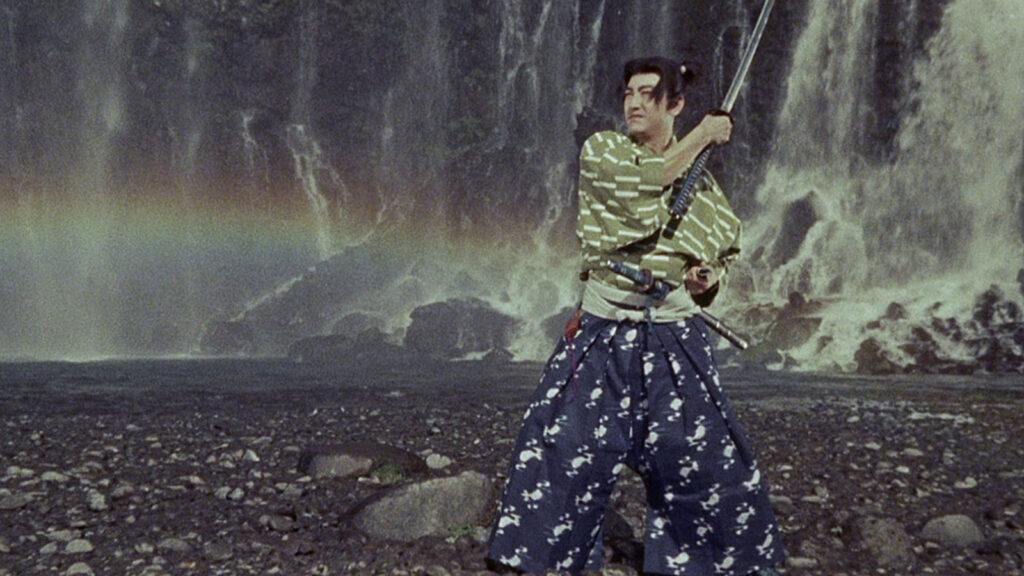
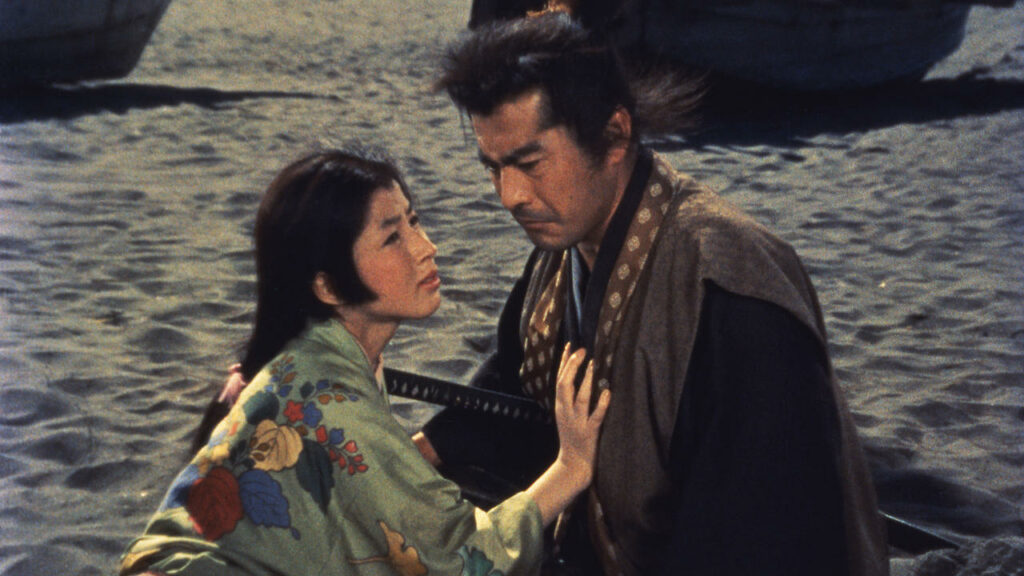
Duel on Ganryu Island ⚔️🌅 – One of cinema’s greatest samurai battles, set against a hauntingly beautiful sunset.
Cinematography 🎞️ – The film’s use of light and shadow is breathtaking, making the final duel a work of art.
Musical Score 🎼 – The score adds melancholy and grandeur, underlining the film’s poetic finality.
⭐ Overall Rating: ★★★★☆
Criterion Collection DVD Features 📀🎥
The Criterion Collection’s release of the Samurai Trilogy offers high-definition digital restorations of all three films, presenting them in their original aspect ratios. The set includes new interviews with translator and historian William Scott Wilson, providing insights.
Ratings Breakdown 📊
📌 Rotten Tomatoes / IMDb Scores:
✔️ Samurai I – RT: 100% | IMDb: 7.5
✔️ Samurai II – RT: 100% | IMDb: 7.7
✔️ Samurai III – RT: 100% | IMDb: 7.9
🎭 Acting: ★★★★☆
📖 Story: ★★★★☆
🎼 Music: ★★★★☆
🎬 Directing: ★★★★☆
📷 Cinematography: ★★★★☆
Final Verdict 🏆
The Samurai Trilogy remains one of the greatest achievements in Japanese cinema. 🎥⚔️ Hiroshi Inagaki’s masterful storytelling, Toshiro Mifune’s commanding performance, and some of the best sword fights ever filmed make this an essential watch.
🔥 Must-watch for fans of samurai epics, classic cinema, and historical dramas!
Related DVD
Related News


